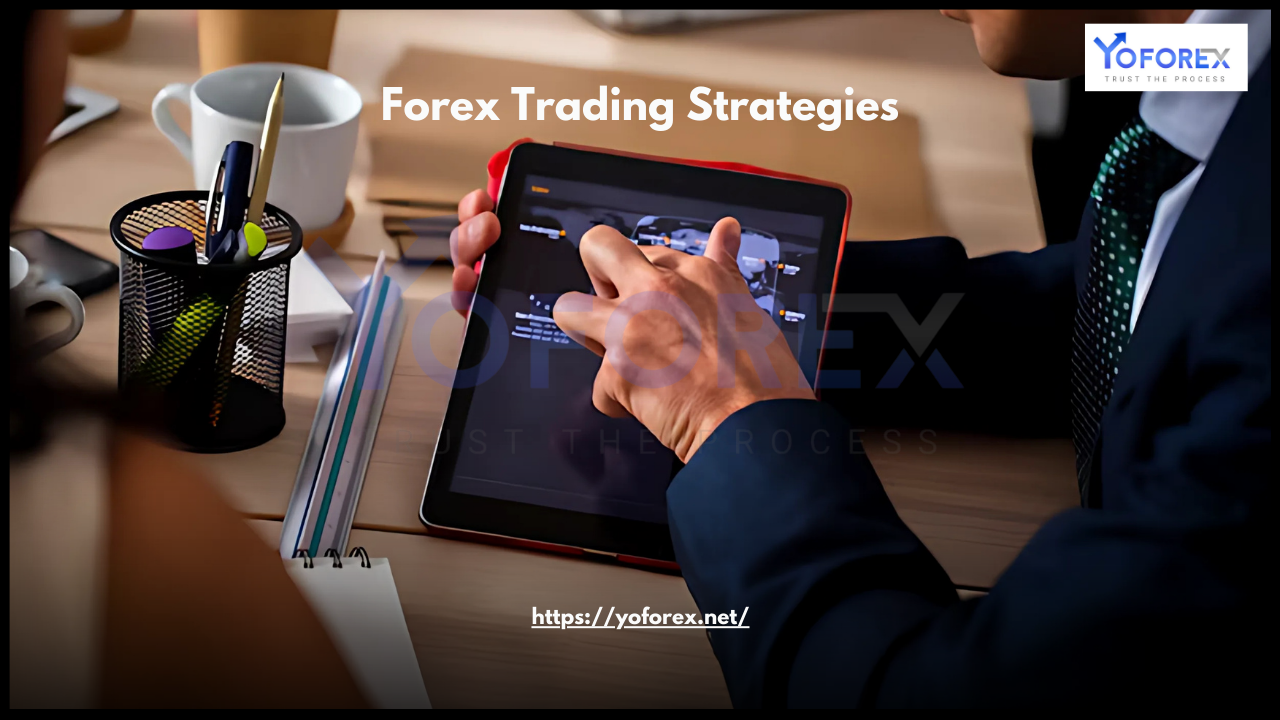Forex trading is a highly competitive financial market where traders leverage strategies to gain profits from currency price movements. Traditional trading strategies rely on technical analysis, fundamental analysis, or a mix of both. However, with the rise of artificial intelligence (AI) and machine learning (ML), traders now have an advanced approach to optimizing their strategies for better accuracy and efficiency.
Machine learning models can analyze vast amounts of market data, recognize patterns, and make data-driven predictions to enhance trading performance. This blog will explore how machine learning can be applied to forex trading and provide insights into its benefits, methodologies, and challenges.
Understanding Machine Learning in Forex Trading
Machine learning is a subset of AI that allows computers to learn from data without explicit programming. In forex trading, ML algorithms process historical market data, identify trends, and make predictions based on probabilistic models. By continuously learning and adapting, ML models can refine trading strategies to improve performance over time.

Key Benefits of Machine Learning in Forex Trading
- Data-Driven Decision Making: ML algorithms analyze large datasets and extract insights that human traders might overlook.
- Improved Accuracy: Unlike traditional methods, ML models can recognize complex patterns in price movements and predict trends with greater accuracy.
- Automation: ML-powered trading bots execute trades automatically, reducing emotional biases and human errors.
- Risk Management: ML models can assess risk exposure and suggest optimal trade sizes and stop-loss levels.
- Adaptability: These models learn from new data, allowing them to adjust to changing market conditions.
How Machine Learning Optimizes Forex Trading Strategies
To successfully integrate machine learning into forex trading, traders must follow a structured approach. Here are the main steps:
1. Data Collection and Preprocessing
Machine learning models require large amounts of high-quality data for training. Traders can collect data from various sources, including:
- Historical price data from forex brokers or platforms like MetaTrader, TradingView, or Bloomberg.
- Economic indicators such as GDP, interest rates, and inflation reports.
- News sentiment analysis from financial news sources like Reuters and Bloomberg.
Preprocessing involves cleaning the data, handling missing values, normalizing price values, and removing anomalies to ensure better model performance.
2. Feature Engineering
Feature engineering is the process of selecting and transforming relevant input variables for the ML model. In forex trading, useful features include:
- Moving Averages (MA)
- Relative Strength Index (RSI)
- Bollinger Bands
- MACD (Moving Average Convergence Divergence)
- Trading Volume
- Currency Correlations
These features help ML models identify market trends and patterns more effectively.
3. Choosing the Right Machine Learning Model
Several ML models can be applied to forex trading, depending on the complexity of the strategy:
- Linear Regression: Suitable for predicting future price movements based on historical data.
- Decision Trees & Random Forests: Useful for classifying bullish or bearish market conditions.
- Support Vector Machines (SVM): Helps classify trading signals based on complex data structures.
- Neural Networks: Deep learning models like LSTMs (Long Short-Term Memory) are effective for predicting time-series data.
- Reinforcement Learning: Used for automated trading bots that learn optimal strategies through trial and error.
4. Training and Testing the Model
After selecting a model, traders must train it using historical data. The dataset is divided into:
- Training Set: Used to teach the model by feeding it past market data.
- Validation Set: Used to tune hyperparameters and optimize performance.
- Testing Set: Used to evaluate how well the model generalizes to unseen data.
Backtesting is crucial at this stage, where the model’s predictions are compared with actual market outcomes to assess accuracy.
5. Deploying and Monitoring the Model
Once the model performs well in testing, it can be deployed in live trading. Traders can integrate it into trading platforms via APIs, such as MetaTrader’s MQL4/MQL5, Python’s FXCM API, or Binance’s trading API.
Monitoring is essential to ensure the model adapts to changing market conditions. Regular performance evaluations help refine the model and improve decision-making.
Challenges of Using Machine Learning in Forex Trading
Despite its advantages, using ML in forex trading comes with challenges:
- Overfitting: A model may perform well on historical data but fail in live trading due to over-reliance on past trends.
- Market Volatility: Sudden economic events or geopolitical factors can make ML models ineffective in unpredictable conditions.
- Computational Resources: Training complex models requires significant computational power and time.
- Data Quality: Inaccurate or low-quality data can lead to misleading predictions and poor trading decisions.
Best Practices for Implementing Machine Learning in Forex Trading
To maximize success, traders should follow these best practices:
- Use Diverse Data Sources: Combining different types of market data improves model robustness.
- Regularly Update Models: Retraining models with fresh data ensures adaptability to new market conditions.
- Combine ML with Traditional Analysis: Machine learning should complement, not replace, fundamental and technical analysis.
- Implement Strong Risk Management: Using stop-loss, take-profit levels, and position sizing helps mitigate losses.
- Backtest Thoroughly: Extensive backtesting across different market conditions ensures reliability before deploying real capital.
Conclusion
Machine learning is revolutionizing forex trading by providing traders with powerful tools to analyze data, predict market trends, and execute trades with precision. By leveraging ML techniques, traders can optimize their strategies, improve accuracy, and reduce emotional biases in trading.
However, success in ML-based forex trading requires proper data handling, model selection, and continuous monitoring. While challenges exist, the potential rewards make it a valuable approach for traders looking to gain a competitive edge in the forex market.

